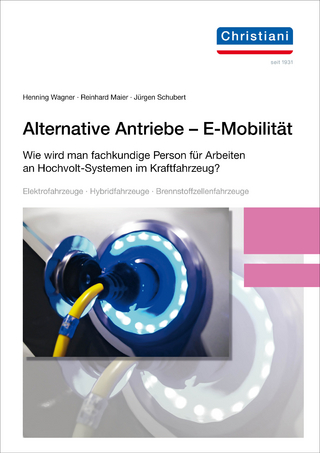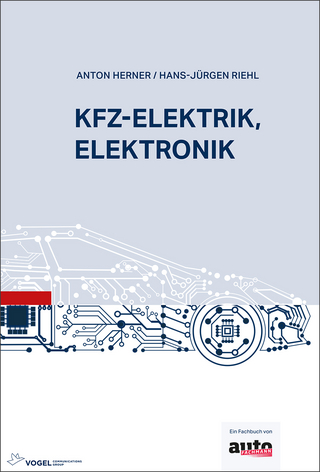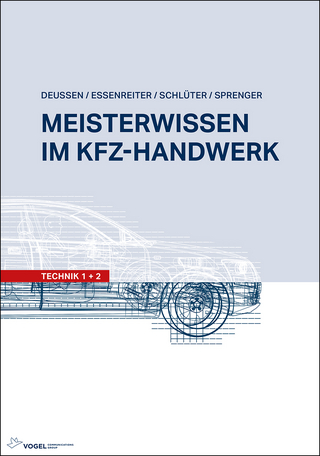
Pipelines and Public Safety
Special Report 219
Seiten
1988
National Academies Press (Verlag)
978-0-309-04665-7 (ISBN)
National Academies Press (Verlag)
978-0-309-04665-7 (ISBN)
- Titel ist leider vergriffen;
keine Neuauflage - Artikel merken
TRB Special Report 219 - Pipelines and Public Safety examines issues associated with development near pipeline rights-of-way.
Pipelines provide a vital transportation service. Approximately half of the nation's supplies of crude oil and petroleum products and virtually all of its natural gas supplies are transported through a network of 1.7 million miles of pipelines.
The materials carried by pipelines are flammable, explosive, or toxic, which means that pipelines pose a danger to people and property should their failure result in release of these materials to the environment. The development of residences, workplaces, and shopping areas near once-isolated transmission pipelines, which carry gas and liquids at high pressure from producing areas to refineries or distribution networks, threatens to increase the risk of pipeline failure due to inadvertent excavation damage. Historically, such excavations have been a major cause of pipeline accidents. Accidents in the future could also be more severe because new development has exposed more people and property to risk in the event of a failure.
The committee that developed this report recommended collaboration on damage prevention and public awareness programs, land use measures, and emergency preparedness programs. The committee stopped short of recommending specific development setbacks that would provide more uniform land use control across the nation. Instead, it pointed out a number of procedural changes in land development review and regulation that would reduce the risk of inadvertent damage. Although more uniform public policies on land use near pipelines might be desirable, differences in local conditions argue against establishing definitive standards or limits on specific land uses near pipeline rights-of-way.
Table of Contents
Pipelines provide a vital transportation service. Approximately half of the nation's supplies of crude oil and petroleum products and virtually all of its natural gas supplies are transported through a network of 1.7 million miles of pipelines.
The materials carried by pipelines are flammable, explosive, or toxic, which means that pipelines pose a danger to people and property should their failure result in release of these materials to the environment. The development of residences, workplaces, and shopping areas near once-isolated transmission pipelines, which carry gas and liquids at high pressure from producing areas to refineries or distribution networks, threatens to increase the risk of pipeline failure due to inadvertent excavation damage. Historically, such excavations have been a major cause of pipeline accidents. Accidents in the future could also be more severe because new development has exposed more people and property to risk in the event of a failure.
The committee that developed this report recommended collaboration on damage prevention and public awareness programs, land use measures, and emergency preparedness programs. The committee stopped short of recommending specific development setbacks that would provide more uniform land use control across the nation. Instead, it pointed out a number of procedural changes in land development review and regulation that would reduce the risk of inadvertent damage. Although more uniform public policies on land use near pipelines might be desirable, differences in local conditions argue against establishing definitive standards or limits on specific land uses near pipeline rights-of-way.
Table of Contents
| Erscheint lt. Verlag | 31.12.1988 |
|---|---|
| Verlagsort | Washington |
| Sprache | englisch |
| Maße | 152 x 229 mm |
| Themenwelt | Sachbuch/Ratgeber ► Natur / Technik ► Fahrzeuge / Flugzeuge / Schiffe |
| Technik ► Elektrotechnik / Energietechnik | |
| ISBN-10 | 0-309-04665-3 / 0309046653 |
| ISBN-13 | 978-0-309-04665-7 / 9780309046657 |
| Zustand | Neuware |
| Informationen gemäß Produktsicherheitsverordnung (GPSR) | |
| Haben Sie eine Frage zum Produkt? |
Mehr entdecken
aus dem Bereich
aus dem Bereich
wie wird man Fachkundiger für Arbeiten an Hochvolt-Systemen im …
Buch | Softcover (2023)
Paul Christiani (Verlag)
68,00 €
Buch | Hardcover (2022)
Vogel Communications Group GmbH & Co. KG (Verlag)
79,80 €
Technik 1+2
Buch | Hardcover (2020)
Vogel Communications Group GmbH & Co. KG (Verlag)
129,00 €


